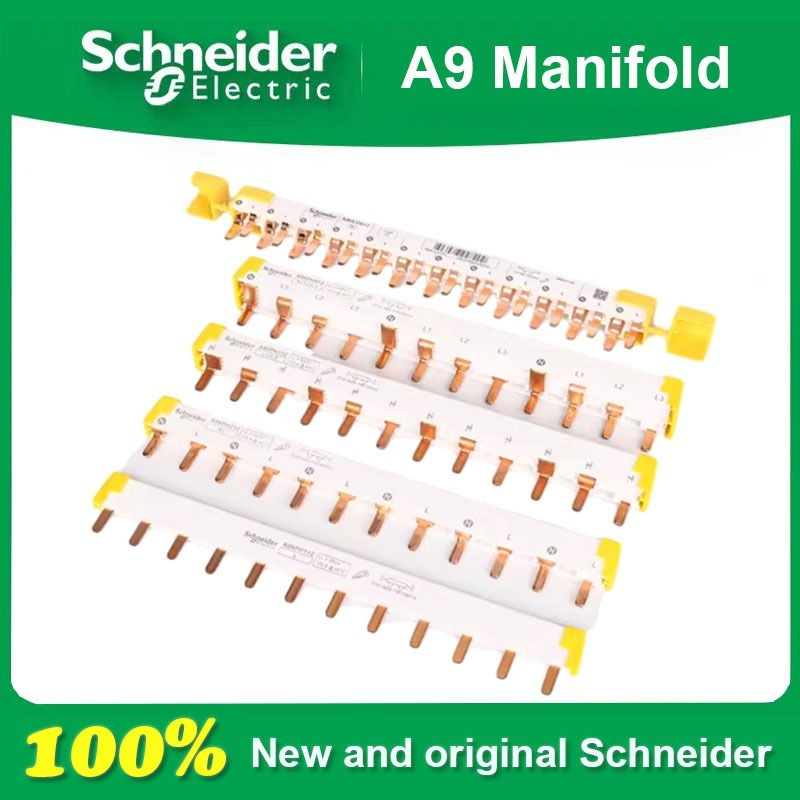Inclusive Design in Sports Venues A Blueprint for Broader Accessibility Inspired by WNBA's Growth
- Eng. Evans Nusu

- May 7
- 4 min read
In recent years, the importance of inclusive design in sports venues has gained momentum. With the WNBA's rise in popularity, it has become evident that all fans deserve access to these spaces. This post explores the remarkable growth of the WNBA and the valuable lessons it provides for enhancing accessibility in sports venues.
Understanding Inclusive Design in Sports Venues
Inclusive design aims to create spaces accessible and enjoyable for people of all abilities and backgrounds. In sports venues, this means more than just physical access; it involves catering to sensory experiences and emotional well-being, allowing everyone to enjoy live events.
Many sports venues were historically built with only able-bodied individuals in mind, often overlooking those with physical disabilities, sensory sensitivities, or cognitive differences. The WNBA is a prime example of how inclusive design can transform venues, making them welcoming for fans from all walks of life.
The WNBA's Growth: A Catalyst for Change
Since its establishment in 1996, the Women's National Basketball Association (WNBA) has experienced impressive growth, both in viewership and support. For example, the league has seen a 68% increase in attendance over the past five years. This surge not only creates a larger fan base but also highlights the importance of inclusive practices in sports.
The WNBA leads the way in engaging diverse populations through increased media exposure and community outreach. This approach encourages different demographics to participate in sports, demonstrating how inclusive design can enrich the fan experience.
Accessibility Features That Matter
Seating Arrangements
A crucial element of inclusive design is optimizing seating arrangements. Accessible seating should be integrated throughout the venue, ensuring easy access for fans with mobility challenges. It is essential to provide clear pathways, functional elevators, and accommodating restrooms.
For example, companion seating next to wheelchair-accessible areas allows friends and family to sit together, enhancing the overall experience for all attendees. Ensuring that these features are visible and easily implemented can significantly improve the enjoyment of live events.
Signage and Wayfinding
Effective signage and wayfinding systems enhance the overall venue experience. Clear, concise signage with universal symbols helps fans navigate to their seats, concessions, and restrooms with ease.
Incorporating tactile maps for visually impaired individuals is an excellent way to show commitment to inclusivity. The WNBA has successfully implemented these features, setting a high standard for what fans can expect from sports venues.
Sensory-Friendly Spaces
The rising awareness of sensory sensitivities in recent years has been transformative. Creating sensory-friendly areas in sports venues caters to fans with conditions such as autism or sensory processing disorder.
These designated spaces provide calm environments where individuals can take a break from overwhelming stimuli. The WNBA has recognized this need, offering quiet zones where fans can still enjoy the game while feeling secure and comfortable.
Learning from the WNBA's Initiatives
Community Engagement Programs
A standout aspect of the WNBA's success has been its commitment to community engagement. By initiating programs tailored for kids with disabilities, the league fosters a sense of belonging and builds a loyal fan base.
Sports venues can replicate this model by working with local organizations that support individuals with disabilities. Collaborating with those who understand community needs ensures that venues truly serve their audiences.
Marketing and Communication Strategies
The WNBA has embraced marketing strategies emphasizing inclusivity. By showcasing diverse athletes and providing resources in multiple languages, the league has expanded its reach.
Sports venues can take a similar approach in their marketing efforts. They should share information about seating options, accessibility maps, and event accommodations to demonstrate a firm commitment to creating an inclusive environment.
Feedback Mechanisms
Another important lesson from the WNBA's growth is the value of gathering feedback from fans. Actively seeking input, especially from attendees with disabilities, can reveal what works and what needs improvement.
Implementing post-event surveys or conducting focus groups offers vital insights. This shows a genuine commitment to ongoing enhancements, which helps venues evolve with the needs of their patrons.
Partnering with Experts
To harness the full potential of inclusive design, sports venues should consider collaborating with accessibility experts. Engaging specialists provides invaluable insights into best practices, standards, and innovations that can elevate the fan experience.
Architects and designers experienced in creating accessible spaces can assess existing venues and recommend improvements based on current requirements.
Utilizing Technology
Technology plays a significant role in enhancing accessibility in sports venues. Mobile applications offering real-time assistance for navigating spaces can greatly improve experiences for individuals with disabilities.
The use of augmented reality (AR) technologies can provide exciting visual aids that assist fans in navigating venues, from seating areas to concessions. Staying updated on technological advancements is crucial for continuing to enhance inclusive design.
Bridging the Gap Between Design and Experience
Inclusive design is not just about physical changes; it is about fostering positive experiences for all individuals. The WNBA exemplifies this by creating tailored experiences that leave no one behind.
Investment in programs, infrastructure, and community outreach allows sports venues to bridge the gap between design and actual fan experiences. This holistic approach requires constant assessment and adaptation to ensure all individuals feel valued and welcomed.
A Path Forward for All Sports Venues
The growth of the WNBA offers an inspiring model for inclusive design in sports venues everywhere. By prioritizing accessibility and understanding diverse fan needs, sports organizations can create environments where everyone thrives.
Lessons from the WNBA—such as effective seating arrangements, community engagement, and the integration of technology—provide actionable insights for improving accessibility across all sports venues.
As we look to the future, the challenge for sports organizations remains: to maintain a steadfast commitment to inclusive design and ensure that every fan shares in the thrill of live events. Accessibility should be viewed as an essential part of the sports experience, not an afterthought.
With a strong foundation grounded in inclusivity, we can envision a future where sports venues welcome all fans, following the example set by the WNBA and inspiring continued progress across the sporting world.



















Comments